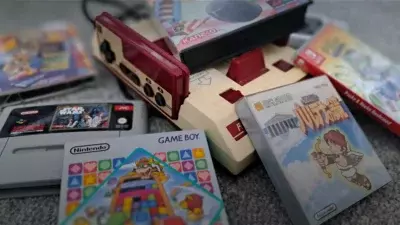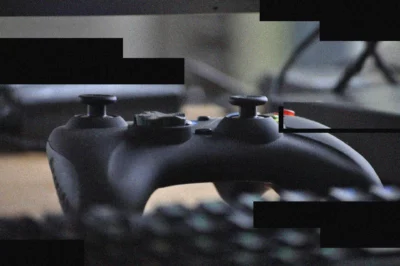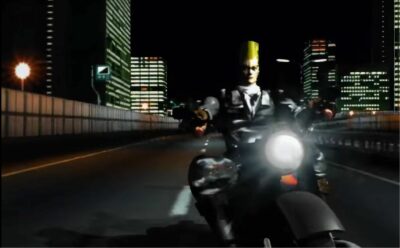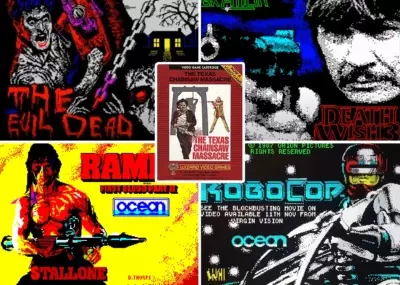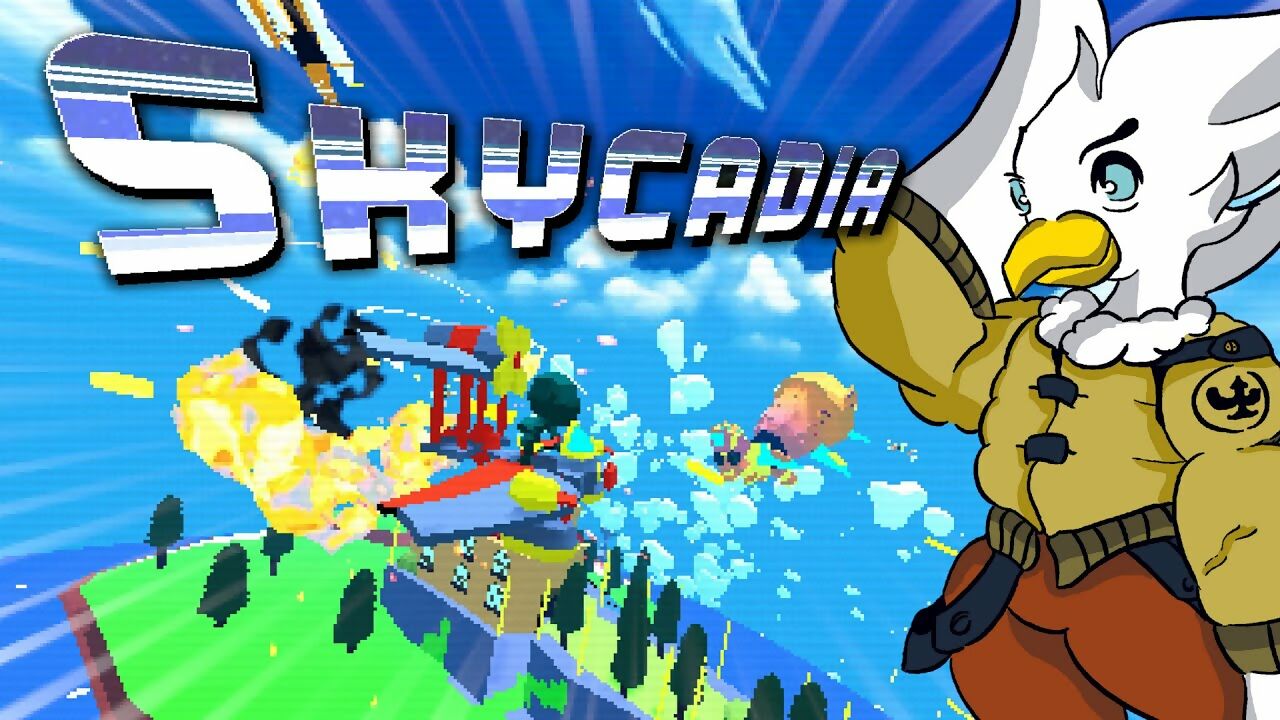
If, like us, you think the world needs more arcade flying games like Starwing (or Star Fox if you’re outside the PAL region) and Crimson Skies, then take a look at Skycadia. It wears its affection for those earlier titles proudly, with its 320×240 resolution even echoing that of Starwing’s host platform, the Super Nintendo. Earlier in its life, however, Skycadia was a much bigger project, with a world map and even a fishing minigame – there’s a clue to its origins in its title, which is a nod to the aerial-themed action-RPG, Skies of Arcadia.
“The earliest idea I had for Skycadia was a mix of the depth of Mount & Blade with the arcade gameplay of Star Fox,” explains Nebraska-based developer Ian Snyder, referring to Starwing’s title outside Europe. “After creating a simple prototype flying around shooting enemies with colourful spacey visuals, I felt I was on to something interesting. I started adding things to do between combat, navigating a world map with item shops and enemies, but after playtesting, it was clear that the real fun was the flying and shooting.”
From just a few minutes in Skycadia’s company, it’s clear that Snyder’s nailed the speed and responsive controls an aerial combat game needs – if anything, it feels more like our memories of Starwing rather than the cold reality, with Skycadia moving at a far smoother frame rate than the Super Nintendo could manage back in 1993. Before you know it, the skies are swarming with insectoid enemies, while armoured motherships hover in the distance.
Thankfully, your craft is nimble enough to dodge all but the heaviest barrages of enemy fire – though if you want a chance of stemming the flow of the smaller enemies buzzing around, you’ll have to take out those motherships. This last bit could be a nod, we thought, to the structure of Sega’s classic Fantasy Zone. “Absolutely!” Snyder says when we ask about the possible influence of that 2D shooter series. “I teach game development full-time, and my students learn about the arcade classics and their influence on games even today. When I introduce students to prototyping games, we usually create a simple version of Asteroids, and then see how that can be modified into racers and all sorts of stuff.”

Soar through the skies, gun down enemies, and collect cash bounties. It’s a simple yet satisfying game loop.
Snyder’s 15-plus years as a game designer explain how he’s managed to create such a slick action game: before he became a full-time game design teacher, he worked as a 3D artist and developer at such studios as Gameloft Montreal and NCSOFT in California. And since he’s well-versed in Unity, he was soon able to get that early prototype up and running. Making Skycadia in his spare time, however, meant a development of around four years. “It’s mostly my very patient wife and kids that make it possible,” he says. “Typically, I just try to make slow and steady progress on Skycadia and other personal projects, so that usually looks like 30 minutes to an hour each day, and then longer sprints when I have some free time.”
It wasn’t until the game was almost finished that Snyder began to think about releasing Skycadia commercially, partly thanks to the fresh impetus from one of Snyder’s former students, McGuire Leiting, who worked on the game’s art (“McGuire developed the distinct visual style… he also kept me on track to finally finish the project!”). It was around here that Snyder took Skycadia to the Game Developers Conference in San Francisco, and the project got its biggest boost: interest from Microsoft. “I was nervous, but they were encouraging and liked the concept, so they gave me the go-ahead to develop Skycadia for Xbox One. It was a dream come true to be developing my own game for a major console!”

Skycadia looked quite different earlier on in its development, with hand-crafted planes and puppets.
Porting the game to consoles would, however, provide Snyder with his biggest challenge so far. “The biggest difficulty has been handling how the console manages users and play sessions – who’s playing the game, who’s using which controller, making sure the game responds to a player signing out, etc,” he says. “It sounds simple, but there’s lots of weird edge cases that all have to be accounted for or the game won’t work right – and won’t pass certification.”
With Skycadia out now on Steam and Xbox One, though, Snyder’s ready to start thinking about the next steps for the game: a Nintendo Switch port is in the works, and there are also plans to add a split-screen co-op mode that he was forced to drop earlier in development. “To get it finished, I knew I had to cut it down to the core of what made it fun to play,” Snyder says, “so I removed lots of features like picking up and swapping items, a world map, split-screen co-op, allies flying in formation with you, and more. Some of these will show up as free updates, especially the split-screen co-op, but some of them will be saved for future titles. I’m also officially announcing a Nintendo Switch port. I just have to find the time to get it ported, so I hope to have that in the coming months.”

Kaboom
The art of explosions
One aspect that caught our eye in Skycadia is the quality of its explosions: big, pixelated bursts of orange that make gunning enemy craft out of the sky a satisfying pastime. Surprisingly, though, Snyder reveals that the explosion was something he purchased from the Unity Asset Store. But by resizing it to give it a “pixel art feel”, Snyder made the effect his own – punchy and arcade-like, not unlike those in Metal Slug, a game he singles out as a game with truly great explosions. “The Metal Slug series has some of the best explosion effects in video games. If you take a look at their explosion animation frames, some of them use a single frame of a black circle, followed by a single frame of white, then the actual fiery explosion. That adds a lot of impact – you can almost hear it.”


